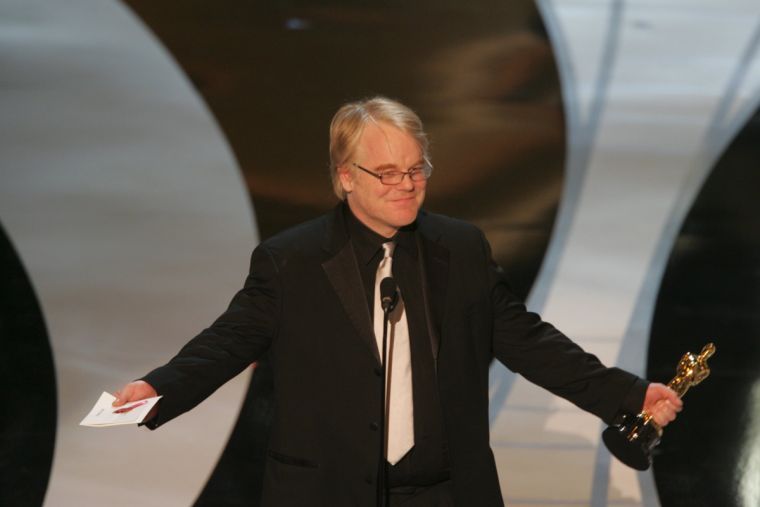Death Cult: Our obsession with celebrity death
February 3, 2014
Just hours before the Super Bowl kickoff on Sunday, news broke that Hollywood lost one of its finest actors — Philip Seymour Hoffman.
The story first came to my attention through a Facebook post that read: “Rest in peace Philip. You were a great actor.”
Sure, Hoffman was a great actor, but hardly a member of the A-list. Yet like so many talents taken too soon, he posthumously became the biggest A-list star — for a few hours.
It wouldn’t be much of a gamble to bet that some of the mournful Tweeters wouldn’t have recognized Hoffman by name before his death. Upon browsing his IMDb page and realizing that, yes, he was an Oscar-winner for “Capote” in 2006, the villain in “Mission: Impossible III” and most importantly, the best friend from “Along Came Polly,” many might deem him influential enough for a tweet of remembrance.
It can often seem like Facebook and Twitter users are just as vital for reporting big stories as CNN or The New York Times — especially those of the celebrity-death variety. Our compassionate and journalistic instincts can give us the urge to post “RIP” updates to every social media site. We may intend for these postings to reveal much about our fandom, sincerity or devotion to following the news, but they ultimately just highlight our culture’s unsettling obsession with celebrity death.
Hoffman’s death, the result of an apparent drug overdose, monopolized Internet news headlines in the hours leading up to the Super Bowl, proving to be a far more compelling story than the primetime rout by the Seattle Seahawks would be. Some sources even went so far as to report the grisly details, such as the trademark caps-locked TMZ headline detailing the “needle found in [Hoffman’s] arm.”
When given the opportunity, our society rarely turns down the particulars, no matter how disrespectful or insensitive they may be. This need-to-know craving for graphic details could likely be attributed to our candid reality-show culture — where nothing is left off camera — or perhaps our tragedy-porn news cycle.
From the local to national level, stories about murder, natural disasters and death have always been an easy sell. But insert a Hollywood personality into any of those scenarios, and you’ve got a blockbuster news story on your hands.
Following a major Hollywood death, many often remark at how shocking it is to lose such a great talent. Given his relative distance from the spotlight, it shouldn’t come as a surprise that the warning signs for Hoffman’s recurring struggles with addiction were softly reported and more likely to fly under the radar than those of other stars.
In May 2013, news surfaced that Hoffman had checked in to a 10-day detox program after relapsing for more than a year. He had been sober for 23 years, but revived the abuse with prescription pills and eventually heroin.
It’s a sad reality that the “Philip Seymour Hoffman checks into detox” headline will never be as seductive as “Philip Seymour Hoffman dead at 46.” No matter how fully-formed an actor’s depression or troubles are, we like to immortalize them to a point where we won’t try to understand their despair until it’s far too late.
Drug addiction and perennial rehab stints can be so common among celebrities that readers can easily shrug off a “detox” headline as just another part of the job — standard fare for an actor of his caliber. Unfortunately, maximum interest can only be generated once it’s too late.



